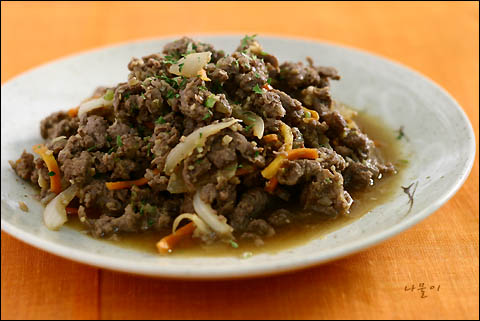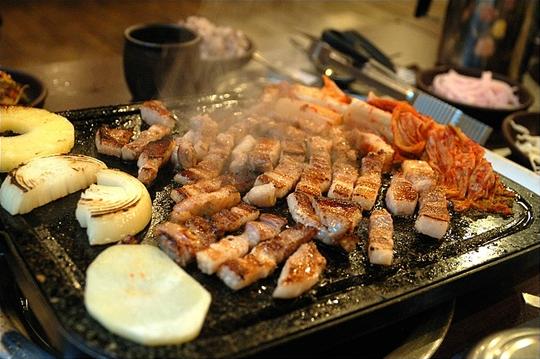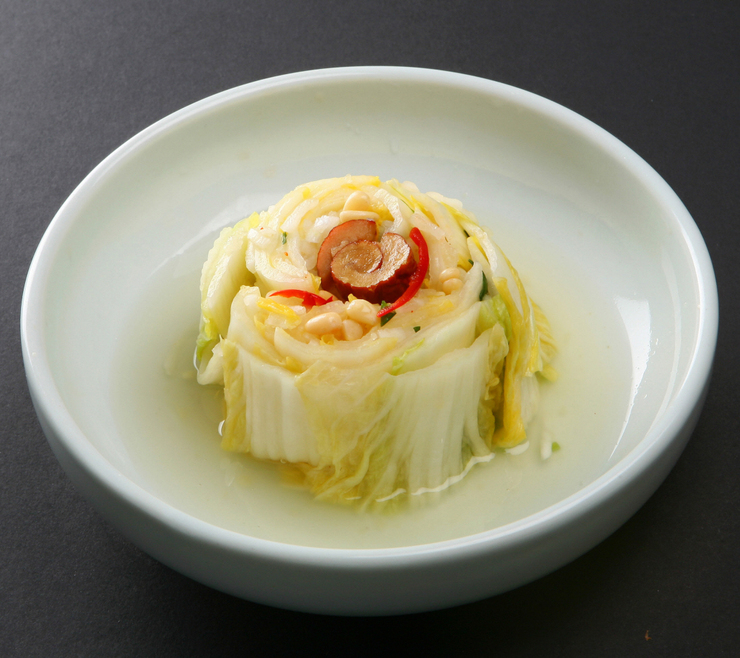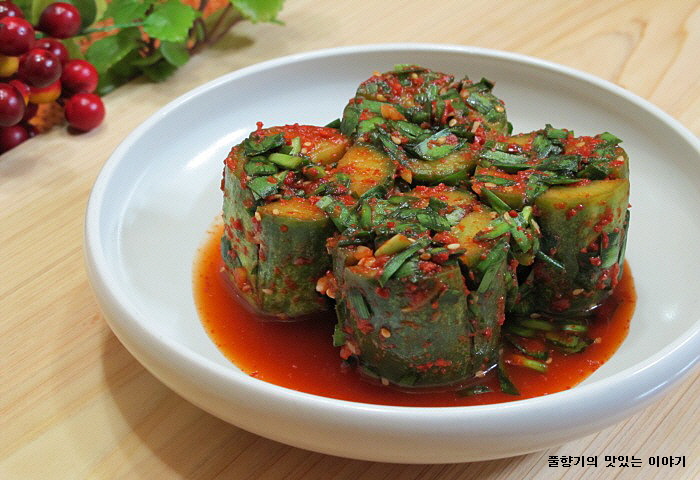


There are over 180 varieties of kimchi such as Baechu (Napa Cabbage) Kimchi, Baek Kimchi (White Napa Cabbage), Kkakdugi (Cubed Radish Kimchi), Oi Sobagi (Cucumber Kimchi), etc. Kimchi is healthy food because it is loaded with vitamins A, B, and C, but its biggest benefit may be in its "healthy bacteria" called lactobacilli, found in fermented foods like kimchi and yogurt. And more good news: Some studies show fermented cabbage has compounds that may prevent the growth of cancer. Here is the benefit of Kimchi



In antiquity, most meat in Korea was likely obtained through hunting and fishing. Ancient records indicate rearing of livestock began on a small scale during the Three Kingdoms period. Meat was consumed roasted or in soups or stews during this period.



Namul refers to either a variety of edible grass or leaves or seasoned herbal dishes made of them. It is like a salad.



Tteok is a class of Korean rice cakes made with steamed flour made of various grains, including glutinous or non-glutinous rice. Steamed flour can also be pounded, shaped, or pan-fried to make tteok. In some case, tteok is pounded from cooked grains.Tteok is a class of Korean rice cakes made with steamed flour made of various grains, including glutinous or non-glutinous rice. Steamed flour can also be pounded, shaped, or pan-fried to make tteok. In some case, tteok is pounded from cooked grains.



Surasang is a table for kings. The side dishes of Surasang are set in 12 kinds including soup, rice, kimchi, namul, etc, and the side dishes change according to the season. Three tables come in at the same time. Also, there were foods that only kings were be able to eat.


